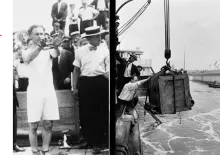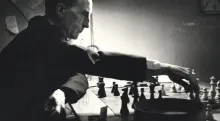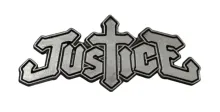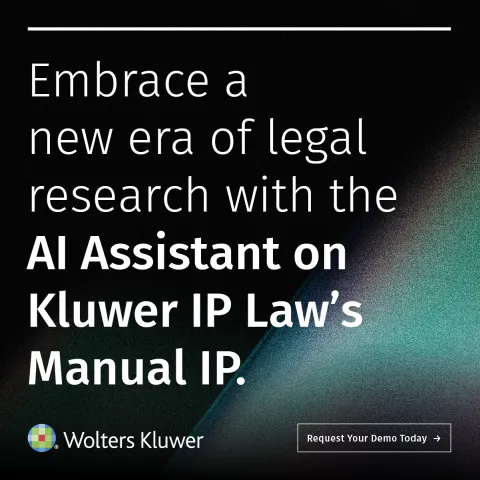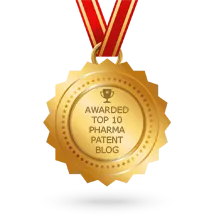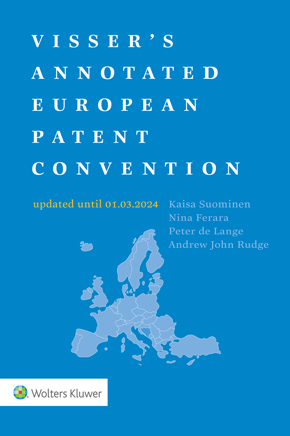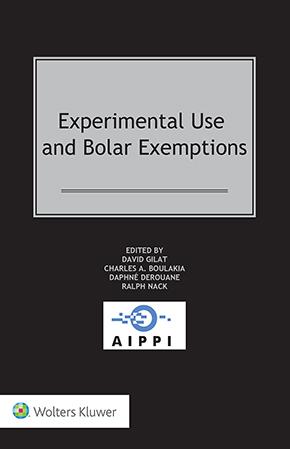Merz v. Viatris: Why Urgency Matters in UPC Pharma Injunctions
November 26, 2025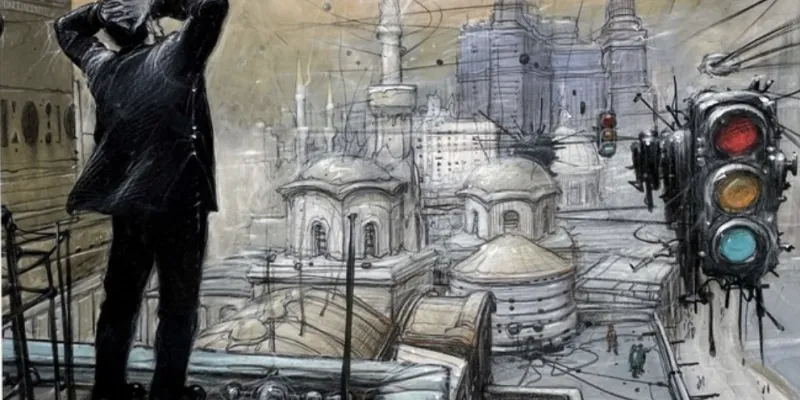
The UPC Paris Local Division has just released its much-anticipated decision in Merz v. Viatris, which at first glance looks like a familiar pharmaceutical case. A generic product moves through the French regulatory pathway, completes its pricing and reimbursement steps, and enters the market. The originator then turns to the UPC, hoping to freeze the situation with provisional measures before the expiry of its SPC.
Yet the Paris Local Division does not follow that script. The judges do not discuss the strength of the SPC or its scope. Instead, they focus on a single dimension: time. More precisely, they examine whether Merz acted quickly enough to deserve provisional measures.
This is where the case becomes particularly interesting. It shows that, under the UPC, urgency is not just a formality; it is the decisive threshold. If the originator waits, even for reasons it believes reasonable, the opportunity for an injunction may simply vanish.
How the case unfolded: a predictable timeline, a late reaction
Viatris’s generic, FAMPIRDINE VIATRIS 10 mg, followed an entirely standard regulatory path. It was listed as a generic of FAMPYRA in September 2024. Its price and reimbursement were fixed and published on 22 November 2024. The commercial launch took place on 10 June 2025. These steps are routine; more importantly, they are public, transparent, and expected.
During this period, Merz was not yet directly in charge of FAMPYRA. Biogen was the exploiter until 2 January 2025 and participated in the CEPS pricing discussions. As the Court later emphasizes, whatever Biogen knew about the generics’ regulatory progression must be treated as known to Merz once Merz resumed exploitation.
Despite this, Merz only applied for provisional measures on 31 July 2025, six months after taking over exploitation, and notably more than a month after the generic’s market entry. This delay became the decisive issue.
At UPC level, the question is simple: did Merz move promptly enough to justify emergency relief?
The legal question: does urgency begin with actual infringement or with its imminence?
Merz argued that urgency should be assessed only from the moment it knew that infringement had actually begun. According to Merz, the earlier steps of the regulatory process did not prove a concrete risk, and acting before real infringement would be premature. It also argued that forcing a patentee to act too early would undermine the right to effective judicial protection under Article 47 of the EU Charter and Article 6 ECHR. In substance, Merz attempted to create a two-tiered model: firstly, a phase of “imminent infringement”, and, secondly, the phase of “actual infringement” with urgency arising exclusively from the latter. The Court addressed this argument directly at paragraphs 49 and 50 of its order. Thus, Merz had contended that the UPC texts provided “two possible starting points” for urgency, successive in time: awareness of imminent infringement first, and awareness of actual infringement second. The Court rejected this construction in clear terms. It held that Article 62(1) UPCA and Rule 211.2 RoP do not create two separate, consecutive phases triggering urgency. They simply state that provisional measures may be requested when “the right is infringed or such infringement is imminent”. According to the Court, these are not chronological stages but alternative legal grounds, each of which independently allows a patentee to bring a PI application “with a reasonable chance of success”.
This is the key point: imminence is not a preliminary or lesser form of infringement. It is a condition that stands on equal procedural footing with actual infringement. Once either situation exists — actual infringement or imminent infringement — the patentee must act diligently. The Court of Appeal had already expressed this in Mammut Sports and Boehringer/Zentiva: urgency turns on when the patentee knew, or should have known, that its right was (or was about to be) infringed.
Against this backdrop, Merz’s attempt to exclude imminence from the delay analysis was structurally impossible. The UPC system does not treat imminence as an intermediate stage that merely anticipates urgency; it treats imminence as a fully operational trigger. And once imminence exists, waiting too long becomes fatal.
What the Court found: regulatory completion creates legal imminence
The Paris judges took a measured approach. They did not equate regulatory progress with infringement. But they emphasized that, in the pharmaceutical sector, full regulatory approval makes commercialization foreseeable in a way that counts legally.
By January 2025, when Merz resumed exploitation, all major regulatory steps for the generic had been completed. Listing, price, reimbursement: everything indicating that a launch was close was already in place. Biogen knew it; therefore, Merz must be treated as knowing it. This constellation of facts—public, objective, and complete—was enough to establish imminence within the meaning of the Rules.
Once that point is accepted, the rest follows. Waiting until 31 July to act is excessive. The Court even recalls that, in Boehringer/Zentiva, four months was described as near the edge of acceptability. Six months crosses that line. And the June launch does not restart the clock. It confirms what should already have been understood. Urgency cannot be revived by an infringement that the patentee should have foreseen.
Conclusion: urgency as a duty, not a reaction
Beyond this case, the UPC is articulating a clearer philosophy: urgency is not something a patentee asserts; it is something that must be preserved. The Court expects originators to act with vigilance, not hesitation. The pharmaceutical regulatory environment is structured, predictable, and public; this transparency binds the patentee.
This reconfigures the litigation landscape. It aligns law with regulatory reality: time, in this system, is not neutral. It governs the availability of remedies.
Thus, Merz v. Viatris is a powerfully clarifying decision. It confirms that originators must act early, that imminence is enough to trigger their procedural responsibilities, and that regulatory progress is a legally relevant indicator of timing. For a generic manufacturer, the decision underscores a strategic opportunity: by advancing steadily through the regulatory pathway, the generic product becomes increasingly insulated from last-minute injunctions.
This is a shift in balance. It rewards preparation, predictability, and transparency. It penalizes hesitation.
And it signals, with quiet force, that in UPC pharma litigation, time is not merely a backdrop; it is a decisive legal resource.
You may also like
